The Arkansas River shiner gained threatened status in 1998. This small minnow once inhabited the Southern Great Plains.
Its population has significantly declined over the past century. The fish now only lives in parts of Oklahoma and New Mexico.
Fish Requires 135 Miles of Uninterrupted Stream
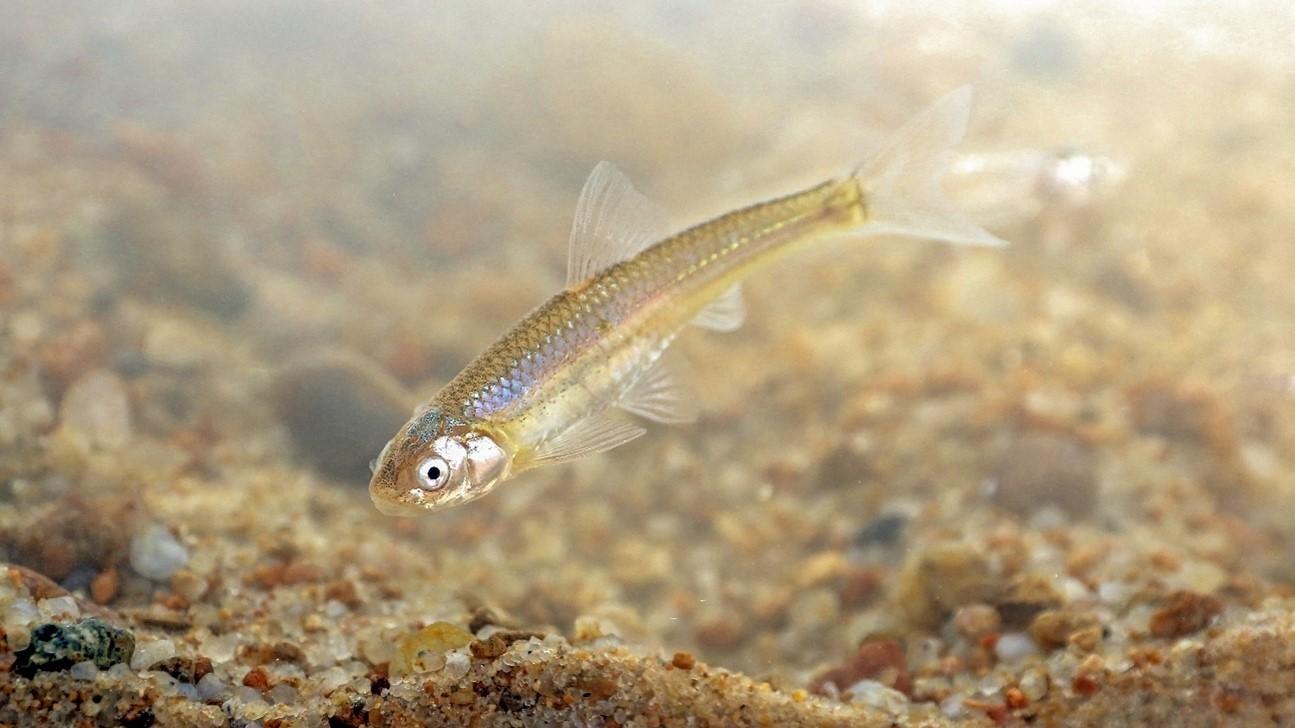
Arkansas River shiners need long, unbroken river stretches to breed. Dams and urban development have fragmented their habitat.
Only 135 miles of continuous stream can support their reproduction. This requirement highlights the impact of human activity on aquatic ecosystems.
U.S. Fish and Wildlife Service Announces Plan
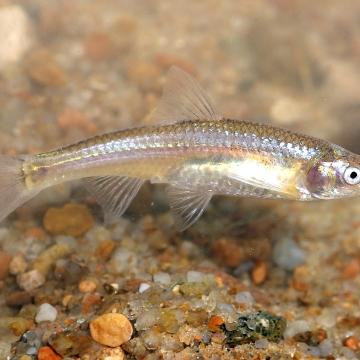
The Tulsa office of USFWS unveiled a recovery plan. They aim to protect existing habitats and reintroduce the fish.
The plan targets maintaining at least three viable populations. This strategy follows successful models used for other endangered species recovery efforts.
$90 Million Budget for 30-Year Recovery

Officials estimate the recovery plan will cost $90 million. The project timeline spans approximately 30 years.
USFWS seeks partnerships with government and community organizations. This budget reflects the long-term commitment needed for species recovery.
Minnows: Indicators of Ecosystem Health
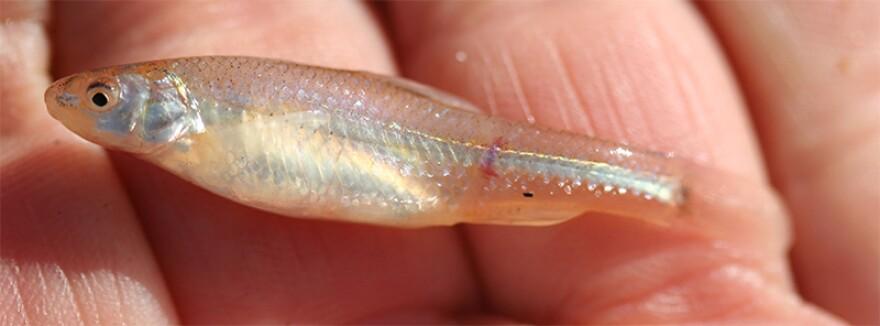
Arkansas River shiners serve as environmental indicators. They help researchers study water management effectiveness.
Their presence signals healthy stream conditions. The fish’s absence can alert scientists to water quality or quantity issues.
Water Quality: Critical for Human Health
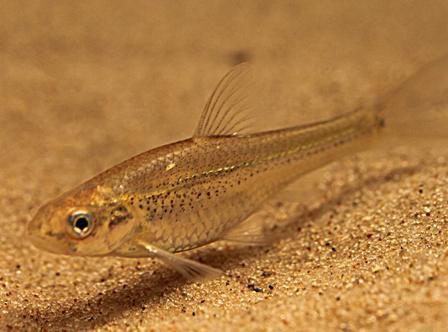
Clean water availability impacts community health significantly. Contaminated water can transmit various diseases.
The WHO links poor sanitation to dysentery, typhoid, and other illnesses. Protecting water sources benefits both wildlife and human populations.
PFAS Contamination: A Widespread Water Issue
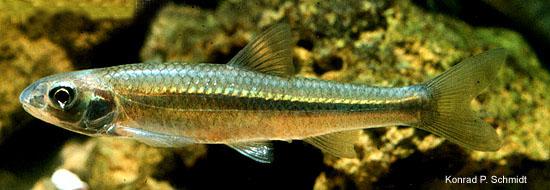
A 2024 report revealed widespread PFAS contamination. Approximately 70 million Americans face exposure through drinking water.
PFAS, known as “forever chemicals,” persist in the environment. This issue underscores the importance of comprehensive water management.
Community Involvement in Water Policy Crucial

Local voices can influence water management policies. Citizens can advocate for protective measures.
Community engagement often leads to better environmental outcomes. Successful examples exist of communities driving positive water policy changes.
Dam Removal Benefits Local Ecosystems
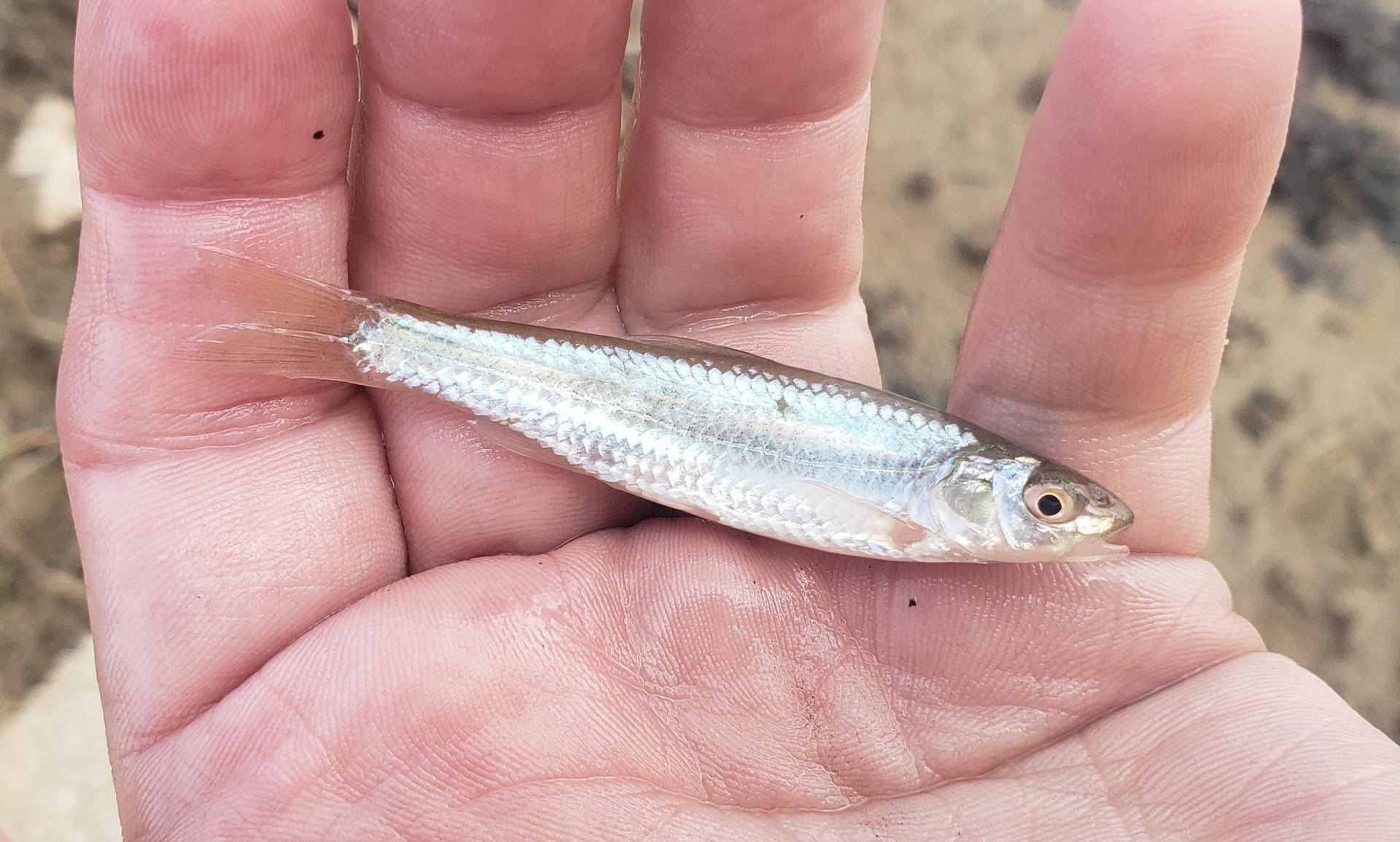
River restoration projects have shown positive results. Dam removals can revitalize aquatic habitats.
These efforts often improve water quality and fish populations. Such projects demonstrate the potential for reversing environmental damage.
Historical Range Reduction of Arkansas Shiner
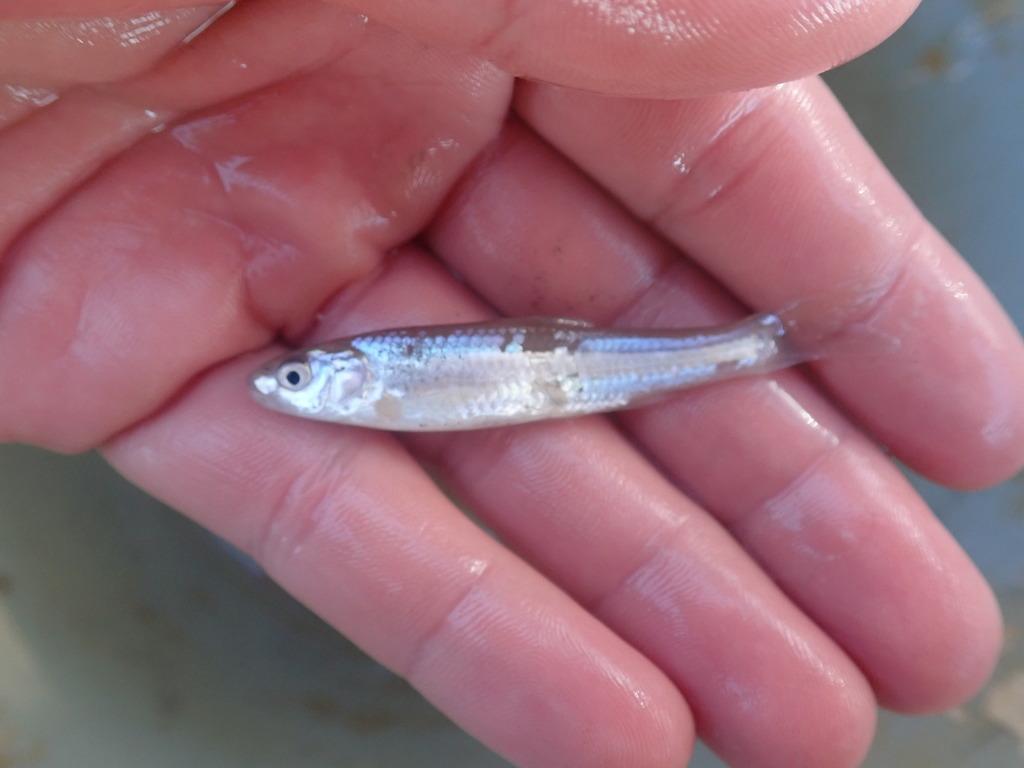
The Arkansas River shiner’s range has drastically shrunk. It once inhabited rivers across Texas, Oklahoma, Kansas, and New Mexico.
By the 1990s, it disappeared from 80% of its historical range. This decline prompted its listing under the Endangered Species Act.


